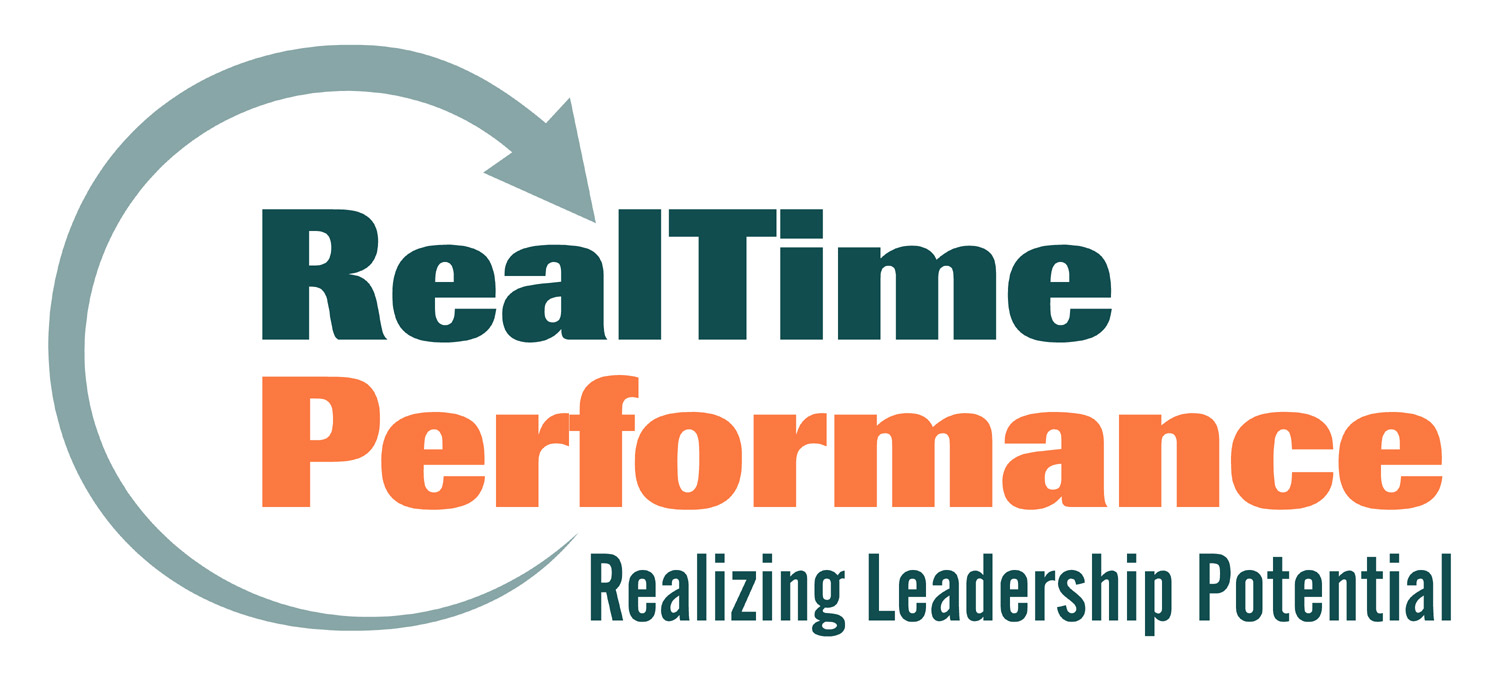Photo by Rachele Caretti, Licensed under CC by 2.0
One of the qualities shared by great decision makers is the rare ability to disregard the opinions of others and think for themselves. There is a strong gravitational pull to conform to the conventional wisdom. If you’re looking to avoid accountability or even regret (which is a powerful force in decision making), then it’s much easier to agree with the group as opposed to doing the research and analysis to make your own determination. It’s also a lot easier to simply follow the herd, because you don’t have to think that hard.
So it is all the more remarkable when we see a truly independent thinker – someone who has the discipline and courage to examine the facts and draw their own conclusions while maintaining a complete disregard to how others view the same situation. Benjamin Graham, the author of The Intelligent Investor, and perhaps the greatest investor of his generation, was a strong proponent of thinking for yourself. He put it this way:
“The stock investor is neither right or wrong because others agreed or disagreed with him; he is right because his facts and analysis are right.”
We too often assign value to our judgements simply because other people agree with our thinking. What Graham so eloquently points out is that this is a trap. In fact, there is a name for it – Groupthink. The only inputs that truly matter are our assessment of the facts and our analysis.
We will never get better at decision making if we simply play it safe, and always go along with the opinion of others. Why? Because we never do the hard work of gathering the facts and analyzing the data for ourselves. Later, when we assess the results of our decision, we can reflect on our thinking and analysis, and learn from our experience, but only if we did the thinking and analysis ourselves.
In William Thorndike’s book, The Outsiders, he chronicles eight CEOs who were able to outperform the market by over twenty times during their tenure. One of the traits they shared was a belief that independent thinking is essential for long-term success. To guard their independent thinking these CEOs often avoided interactions with the business press, and based their operations in cities like Omaha, Denver and St. Louis, far away from the “herd mentality” of Wall Street. They even considered industry conferences a waste of time, and much preferred to spend their time thinking for themselves and honing their decision making skills.
One of the CEOs profiled in The Outsiders is Henry Singleton, who led Teledyne from from 1961 – 1990. In the early 1970s, with Teledyne’s stock price languishing, he made a very bold decision to repurchase the shares of his own company. Here is how Thorndike describes it:
“To say Singleton was a pioneer in the field of share repurchases is to dramatically understate the case. It is perhaps more accurate to describe him as the Babe Ruth of repurchases, the towering Olympian figure from the early history of this branch of corporate finance. Prior to the early 1970s stock buybacks were uncommon and controversial. The conventional wisdom was that repurchases signaled a lack of internal investment opportunity, and they were thus regarded by Wall Street as a sign of weakness. Singleton ignored this orthodoxy, and between 1972 and 1984, in eight separate tender offers, he bought back an astonishing 90 percent of Teledyne’s outstanding shares.”
Singleton looked at the facts, did the analysis and determined that repurchasing his own shares was the best use of Teledyne’s capital. And he did this at a time when the general thinking on Wall Street and among his peers was that share buy-backs were a sign of weakness and a bad idea.
In late 1990s, after he retired from Teledyne, stock repurchases became very fashionable. By this time, the general consensus on Wall Street had shifted, and buying back stock was considered a great investment. When Singleton was asked about this he replied; “If everyone’s doing them, there must be something wrong with them.” And his remarks were quite prescient – stock prices were incredibly high at the time and most of these buybacks in the late 1990s did not deliver great returns to shareholders.
If you want to make better decisions, block out the “noise” and concentrate on your own facts and reasoning. Trust your thinking. When making a big decision, write down your assumptions, beliefs, facts, judgements and predictions. Later, when you assess the quality of your decision, you can look back and see what you were thinking at the time, and compare that to the actual results.
If you’re making a decision as part of a team, start by asking each individual to perform their independent analysis. Then have each team member share their analysis and thinking, so they are not influenced by their peers. And, if you’re always following the conventional wisdom in your industry, question yourself and your company. You’ll never get unconventional results with conventional thinking.
If you’re interested in learning more about effective decision making consider Decision Mojo, an experiential workshop for individuals and teams.
Sean P. Murray is an author, speaker and consultant in the areas of leadership development and talent management.



